Boeing could use CFM’s “very interesting” RISE open rotor engine in its next new aircraft. But its choice could depend on timing, and… cargo!
We recently took a quick look at Boeing’s old 7J7 project. There is a lot to be said about that concept aircraft, but we concentrated on its engines. Boeing was considering this jet as a replacement for the 727, which the 757 didn’t quite replace as intended. But ultimately, the technology for the open rotor engine design wasn’t quite there, forcing Boeing to abandon it.

However, a lot has happened over the next three (almost) decades. Back in the day of the 7J7, some questioned the reliability of gear reduction mechanisms for fans. Pratt & Whitney and Allison had experience with them. But for its own aircraft, Boeing chose the open rotor design of General Electric and Snecma. The latter would later change its name to Safran. It’s the company that GE was already in partnership with, for the CFM venture.
Boeing and Early Open Rotor Designs
The open fan engine for the Boeing 7J7 was the GE36. It actually had the core of a military F404 fighter jet engine. But the contra-rotating blades were mounted on free turbines, rather than a gearbox. It was necessary to have a mechanism that reduced the RPM of the fan, to keep the rotating speed under control. This was for efficiency reasons. And just as importantly, it helped keep the noise down.
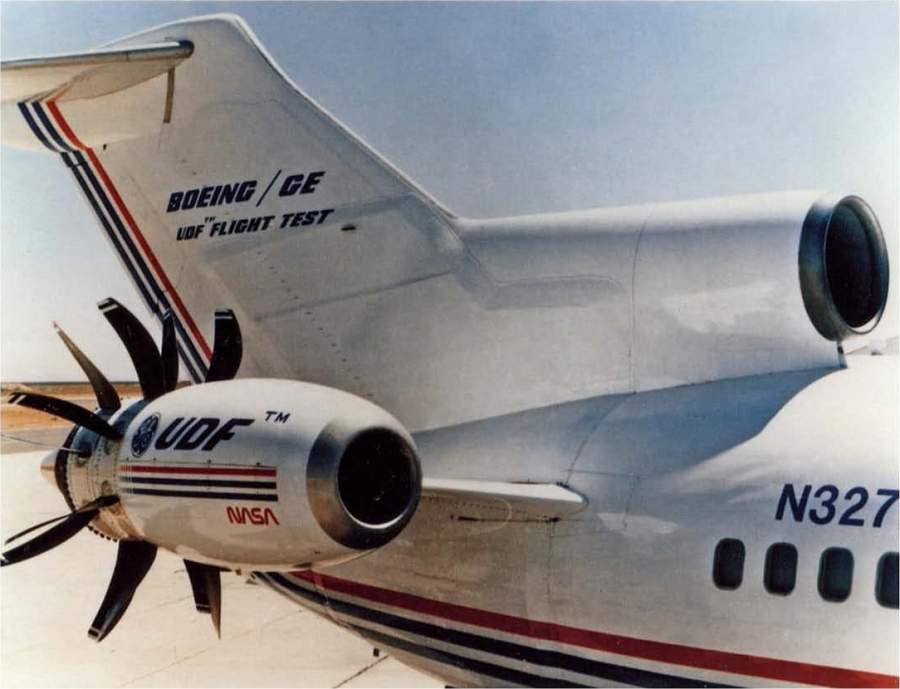
But an open rotor with a gear reduction system would be more efficient, something Boeing knew. Pratt & Whitney and Allison were working on such an engine, called the 578-DX. Ultimately, Pratt & Whitney also cancelled this project, which at one time looked like it could go ahead on an MD-80 derivative.
Fast forward to today. Now Pratt & Whitney has a successful geared-turbofan (GTF) engine. Rolls-Royce will soon start testing the Ultrafan, which also uses this technology. And CFM (i.e. GE and Safran) is working on the RISE program. The design could make use of both ceramic materials that CFM developed for its LEAP engine, and a geared unducted fan.
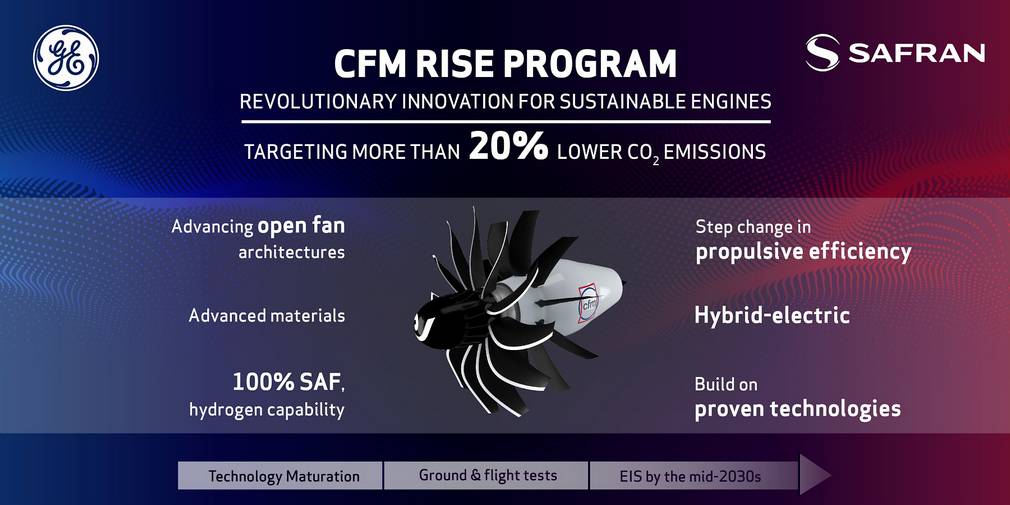
“Very Interesting”?
This is the open rotor design that Mike Sinnett, Boeing Vice President of product development referred to recently. Reporters asked him about the engine, during a presentation of the company’s most recent “ecoDemostrator” flying testbed. Sinnett confirmed Boeing’s interest in the technology, without committing to it. He said:
“Any tool that helps us improve environmental performance is something worth looking at. The open-rotor of today is something that is very different than 20 years ago. There are things about that engine that are very interesting. And I would not say that we would never put an open-rotor on an airplane.”
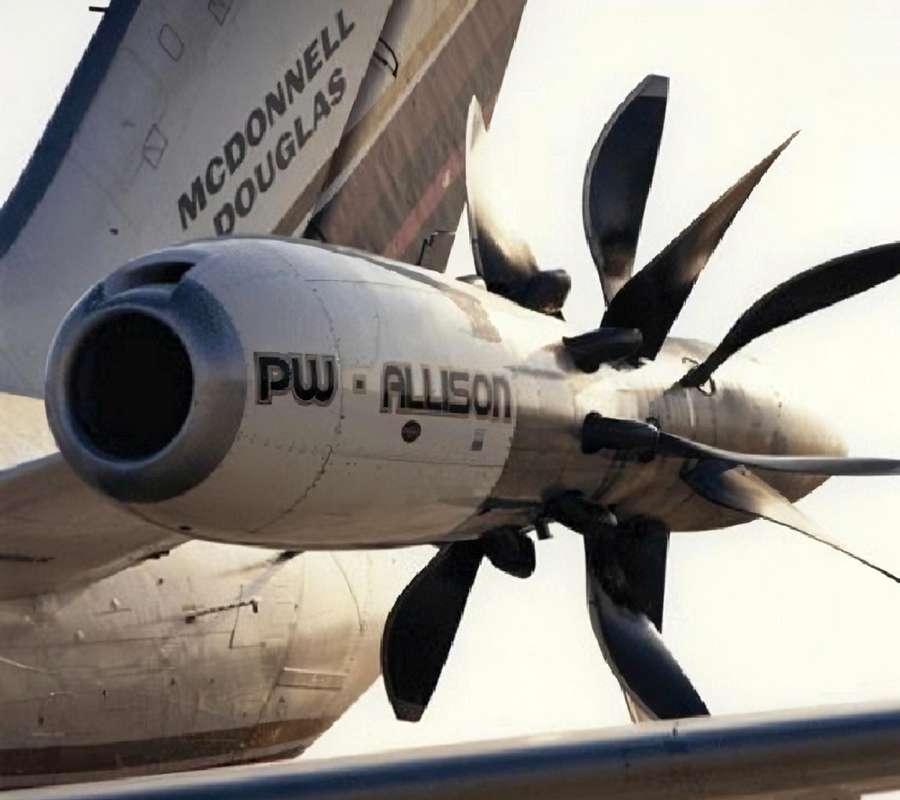
The open rotor could be the technological leap that Boeing is looking for. We saw recently that Dave Calhoun, Boeing’s CEO, is reluctant to launch a new aircraft using current engines. He felt that such a design would not have a meaningful edge over an Airbus A321neo, to win over more customers. Also, Boeing is banking on new digital aircraft design tools, that could save costs and speed up development.
Boeing, Open Rotor Engines And Cargo
The CFM RISE could run on sustainable aviation fuels or even hydrogen, for “future-proofed” designs. But the RISE open rotor won’t be ready until the mid-2030s – which seems too far into the future for the next Boeing aircraft. Some analysts think that Boeing can’t afford to wait this long. And there is another factor that could force Boeing’s hand: cargo.
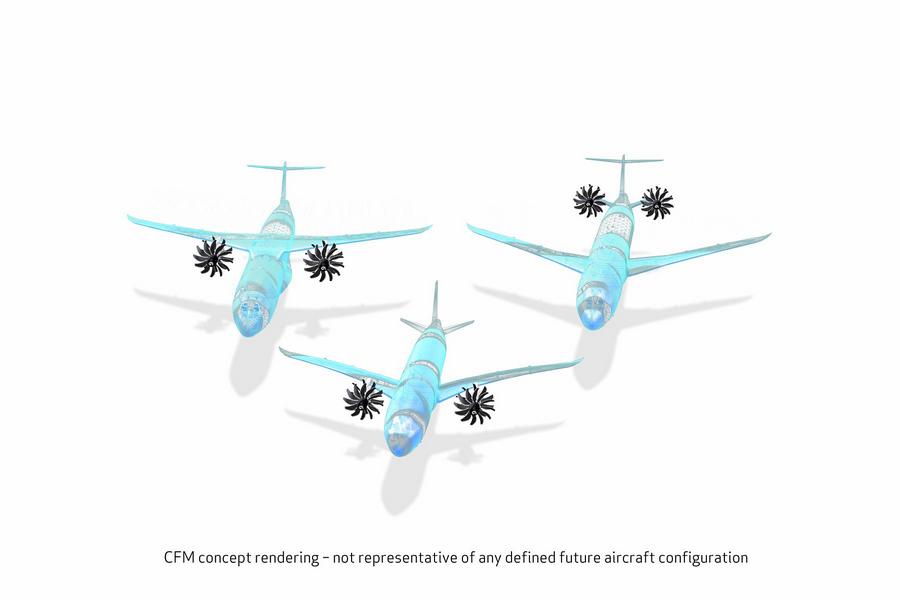
Last Wednesday, the FAA confirmed that it will adopt ICAO’s new emissions and noise rules. These rules will come into force in 2027, limiting what aircraft the manufacturers can make from 2028. The rules affect both passenger and cargo aircraft. But in practice, they will likely only affect freighters – Embraer’s E175 perhaps being the only exception.
So what does this have with Boeing and its choice (or not) of the RISE open rotor? The answer is the 767. Boeing has already announced the replacement of the 777F with the 777-8F, the latter based on the upcoming 777X. But between that and freighter conversions based on the 737, Boeing doesn’t have a mid-sized widebody freighter. The 767 freighter doesn’t meet those new emissions and noise rules.
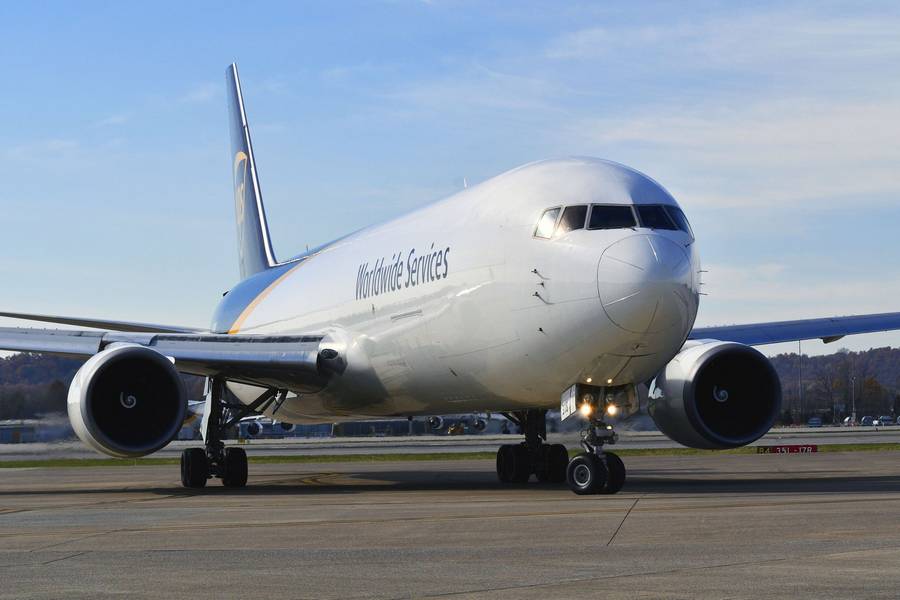
Some Alternatives
However, Boeing has been looking at a New Midsize Airplane (NMA) with two aisles and 2-3-2 economy seating. If Boeing goes ahead with it, whether it has open fan engines or not, it could also offer a freighter version. Alternatively, Boeing could develop a 787 freighter, something it planned on doing – eventually.
But with Boeing’s current finances, launching such a freighter, plus a future NMA of some sort, seems beyond its means. The other alternative would be to ask the FAA for an exemption of the 767 freighters from the new emissions and noise rules. It’s unclear if the FAA could entertain such a thought in the future. But if it did, it would likely make it temporary, setting a condition that Boeing develops a more efficient freighter.
It will be interesting to see what comes out of the RISE open fan and whether Boeing will wait for it. There is also still the question of whether or not Pratt & Whitney will challenge this and other designs, due to patents around the geared fan. P&W itself is reportedly not interested in developing its own open fan engine.





1 comment
[email protected]
I thought that as a boy when I was told turboprop is not as good as jet, now we get bigger diameters again for slower speed?